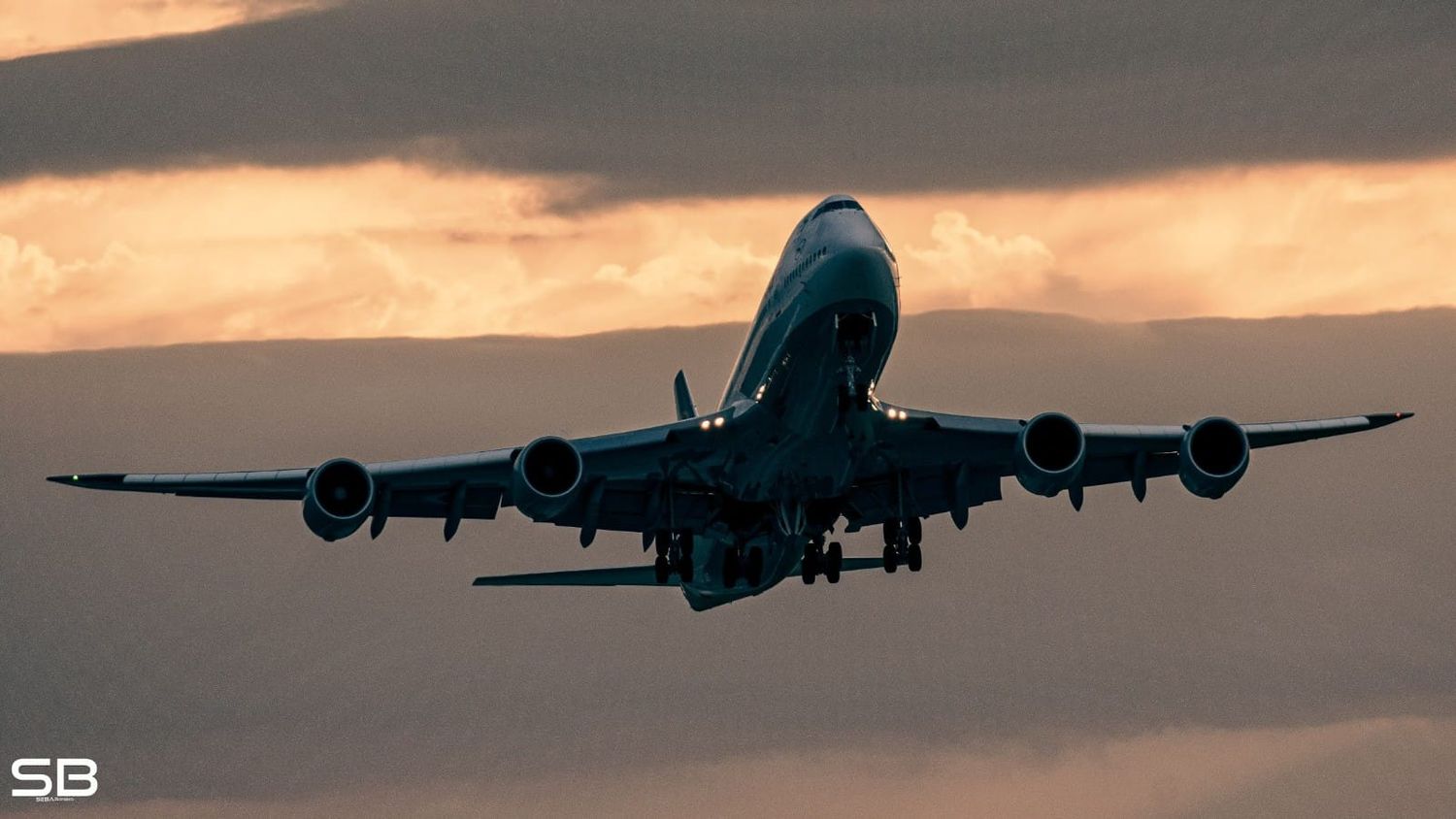Looking Back: Crisis Over, Demand Recovered
«We are committed to Argentina: we have been flying since 1956, we have a long-standing interest in this market, and we think long-term,» began Naeve. «The pandemic was a difficult time for the industry; we are very happy with the recovery at a global level but particularly in the region where we were able to return to pre-crisis levels.»
«Financially, if we consider the results of the last two quarters, it was the best summer in the history of the Lufthansa group, mainly driven by leisure travel demand. The corporate segment is coming back a bit slower, but we see that the demand trend for the end of this year and the first quarter of 2024 remains strong.»
Thinking Again About the Future: Fleet Renewal and Commitment to Technology
«Lufthansa Group has embarked on an unprecedented fleet renewal plan, which will allow us to receive, on average, a new airplane every 10 days. In addition, we are pushing a similar investment to renew interiors, add technology, and improve the company’s VIP lounges around the world»

«Aviation is a people industry: our work teams make the difference, and they are the pillar of our success. We seek to connect people, businesses, and cultures in a sustainable way.»
Production vs. Demand: The Sustainability Strategy and the SAF Dilemma
«Lufthansa aims to lead the effort to make aviation a sustainable industry and to meet the emission reduction goals set by IATA for 2030, and to be carbon neutral by 2050. We want to be proactive rather than reactive in that drive.»
Naeve talks about three pillars to achieve that goal: One of them is fleet renewal, since new planes emit 25% less than the ones being retired. Another pillar is technology, with innovations like AeroSHARK aimed at reducing fuel consumption.
And the third pillar he mentions is, today, the most complex: the SAF (Sustainable Aviation Fuel). «We are one of the top five SAF purchasers globally. We are very confident that we will achieve our goals, although one of the biggest challenges is the availability of SAF in the near future.»
«That’s why we are in constant contact with all the actors that are part of this chain – governments, regulatory bodies, refineries, private investors – to increase the production of SAF,» he added.
In response to a follow-up question from Aviacionline about the growing industry concerns over the real capacity to achieve a production increase that can meet demand, Naeve said, «the concern exists, it’s true: there is little availability, but today we already have a broad strategy for emission compensation.»
«We are convinced that SAF will play a fundamental role in sustainability in the future, and we call on all actors to work together to increase production,» he concluded.
Russian Airspace and the Offer to Asia
We also inquired about the complications arising from the restriction of overflight of Russian Federation airspace, key to reaching markets in Northern Asia. «Clearly, the restriction adds flight time and costs, but we will always prioritize the safety of the operation, and will do everything necessary to fly to the Far East safely and efficiently.»
To wrap things up, we talked about the Long Haul-Low Cost market operators that presented positive balances in the last quarter, validating a business model that generated doubts for a while. For Naeve, this offer covers a different segment than the group.
«Obviously, we are always looking at what the competition is doing. But as a premium airline in the international segment, we target a different passenger segment. We believe our customers expect high-level service, good connectivity, and a reliable and stable operation, which is why we position ourselves differently in that market.»

There was time for a few more questions, but the important points had already been made: The Lufthansa Group is looking to the future and as a group, has full confidence in its product and business philosophy.
Looking at global and regional results, it can back up that confidence with data. Which is not insignificant.
Lufthansa Flights in Latin America and the Caribbean
As can be seen in Cirium, Lufthansa’s schedule in the region for November includes the following routes:
- Frankfurt – Bogota: five weekly flights with A340-600.
- Frankfurt – Buenos Aires: one daily flight with Boeing 747-8.
- Frankfurt – Rio de Janeiro: three weekly flights with A340-300.
- Frankfurt – Sao Paulo: one daily flight with Boeing 747-8.
- Frankfurt – Mexico City: one daily flight with Boeing 747-8.
- Frankfurt – San Jose, Costa Rica: three weekly flights with A340-300.
- Munich – Mexico City: three weekly flights with A350-900.
This represents an offering of 11,602 seats per direction each week.


Comentarios
Para comentar, debés estar registrado
Por favor, iniciá sesión